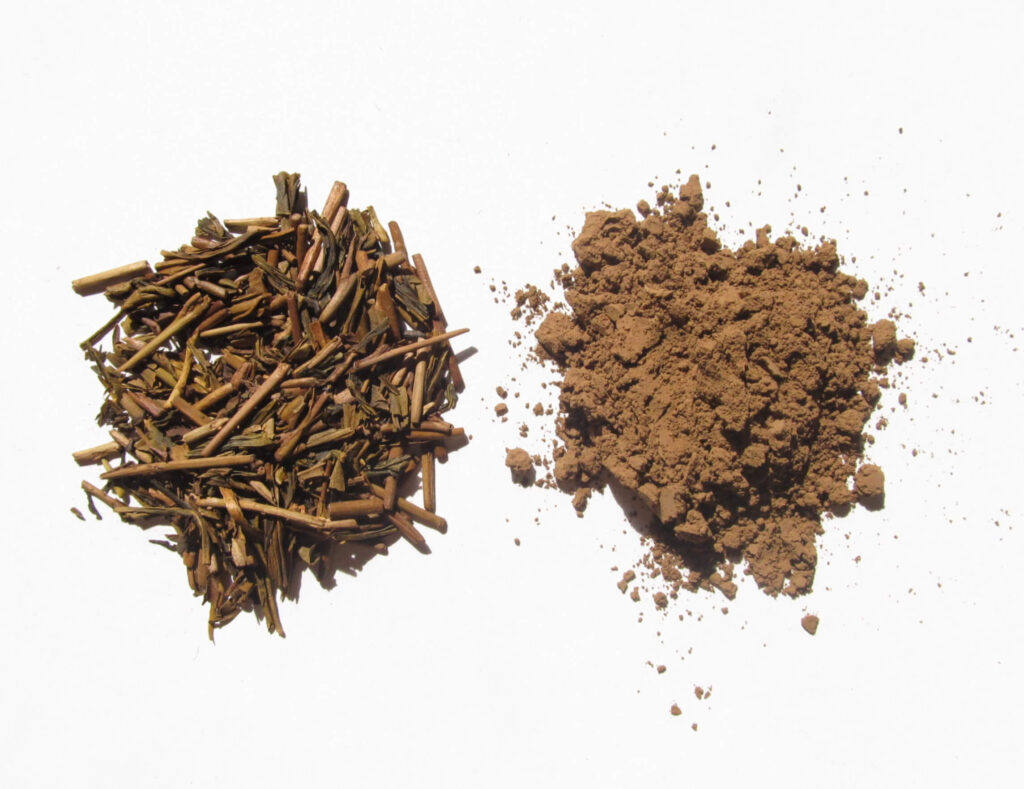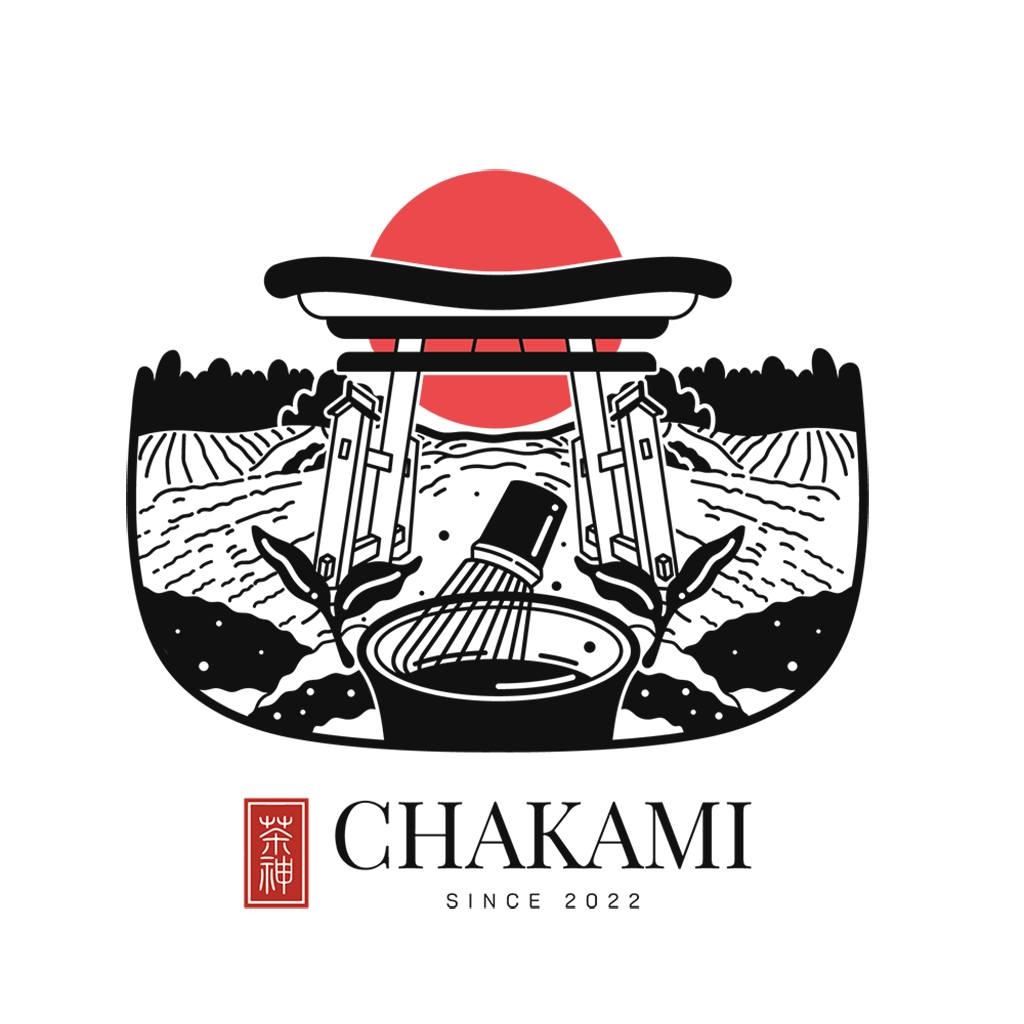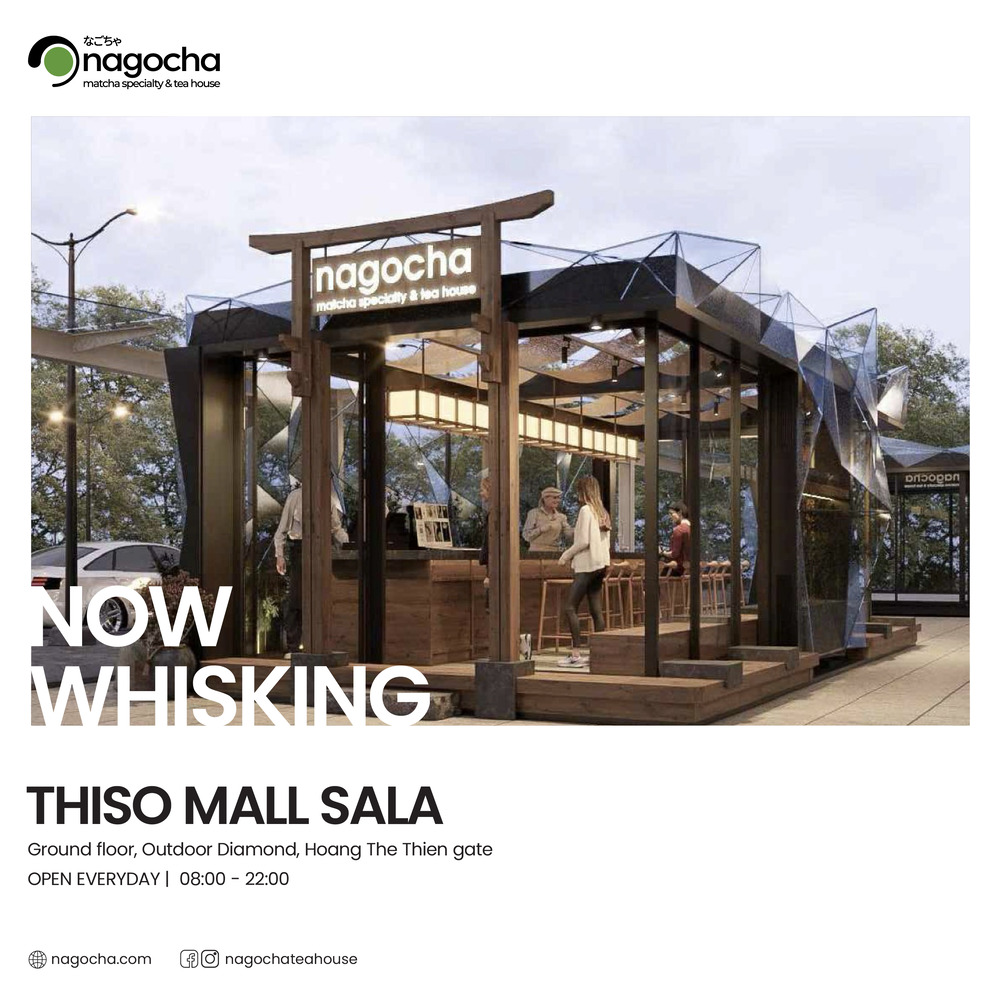ABOUT HOUJICHA
Characteristics of Houjicha
Flavor: Houjicha has a distinctive roasted, nutty flavor with hints of caramel and chocolate. It lacks the grassy, vegetal taste typical of other green teas.
Aroma: The aroma of houjicha is warm and inviting, often described as toasty or smoky.
Color: The tea has a reddish-brown or amber color when brewed.
Caffeine Content: Due to the roasting process, houjicha has lower caffeine content compared to other green teas, making it suitable for drinking in the evening or for those sensitive to caffeine.

ABOUT HOUJICHA
Houjicha Process
- Harvesting: The tea leaves used for houjicha are typically harvested later in the season. This can include leaves from sencha (a common green tea) or bancha (a coarser, more mature leaf tea).
- Steaming: Like other green teas, the leaves are initially steamed to prevent oxidation. This helps to retain the green color and fresh flavor typical of green tea.
- Drying: After steaming, the leaves are dried. At this stage, the leaves are similar to those used for other green teas.
- Roasting: The key step that differentiates houjicha from other green teas is the roasting process. The dried leaves are roasted at high temperatures (approx. 200 degree Celsius) in a porcelain pot over charcoal. This process can last anywhere from a few minutes to several hours, depending on the desired flavor profile. The roasting process reduces the caffeine content and imparts a warm, toasty flavor to the tea.
- Cooling: After roasting, the leaves are allowed to cool to room temperature. This step is crucial to ensure that the leaves do not become too brittle and to maintain the quality of the tea.
- Grinding: The cooled, roasted leaves are then ground into a fine powder. Traditional methods involve using stone mills to slowly and evenly grind the leaves. This method is preferred because it helps to preserve the flavor and nutritional content of the tea. Modern methods may use industrial-grade grinders for efficiency, but care is taken to avoid overheating the leaves, which can affect the quality of the powder.
- Sifting: The ground powder is sifted to remove any larger particles, ensuring a consistent, fine texture. This step is important for achieving the smooth, powdery consistency that is desirable in houjicha powder.
- Packaging: The finished houjicha powder is then packaged in airtight containers to preserve its freshness and flavor. It is often stored in cool, dark places to prevent any degradation due to light or heat.
ABOUT HOUJICHA
Serving Houjicha
Houjicha can be enjoyed hot or cold. It is commonly served in Japan with meals or as a refreshing drink. It is also used in various culinary applications, such as houjicha lattes, ice cream, and desserts.

Perhaps you’re still curious about the name “Chakami.” Well, Chakami has been our primary matcha supplier since the very beginning of our store. With the backing of a team of tea experts in the Japanese matcha business, Chakami has provided invaluable support to Nagocha. Chakami matcha products can be found in many of Nagocha’s matcha menus. As an authorized seller of Chakami, we offer a range of their matcha products for purchase. You can visit our store counter for in-store purchases, or simply send us a message on our Facebook and we will arrange nationwide delivery to your doorstep through our reliable delivery service.
QUESTIONS?
If you have any more questions, we’re here to answer. Please do not hesitate to contact us

